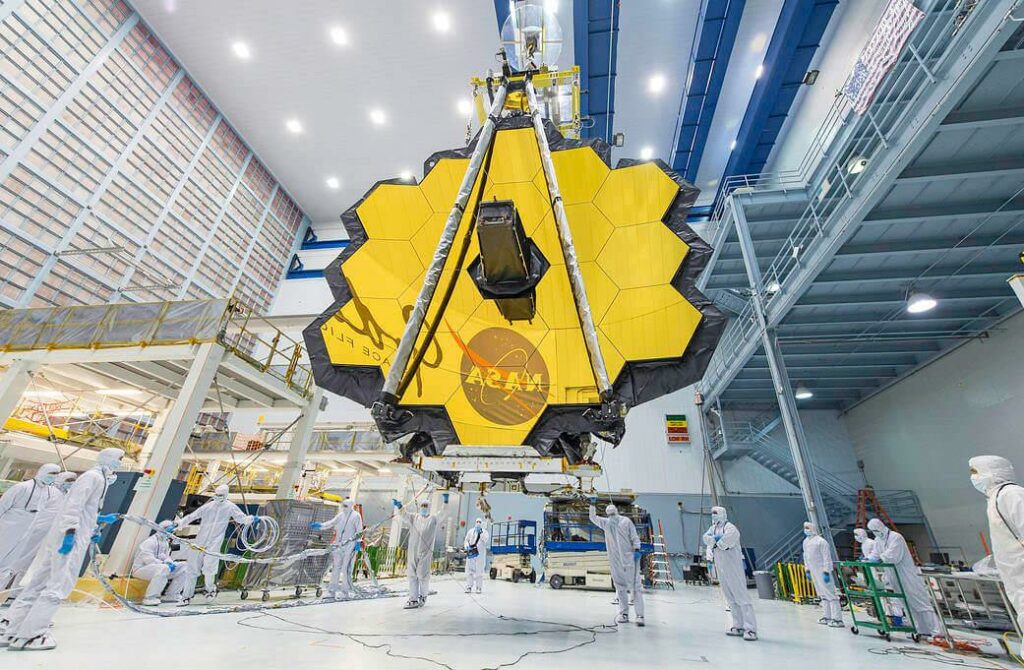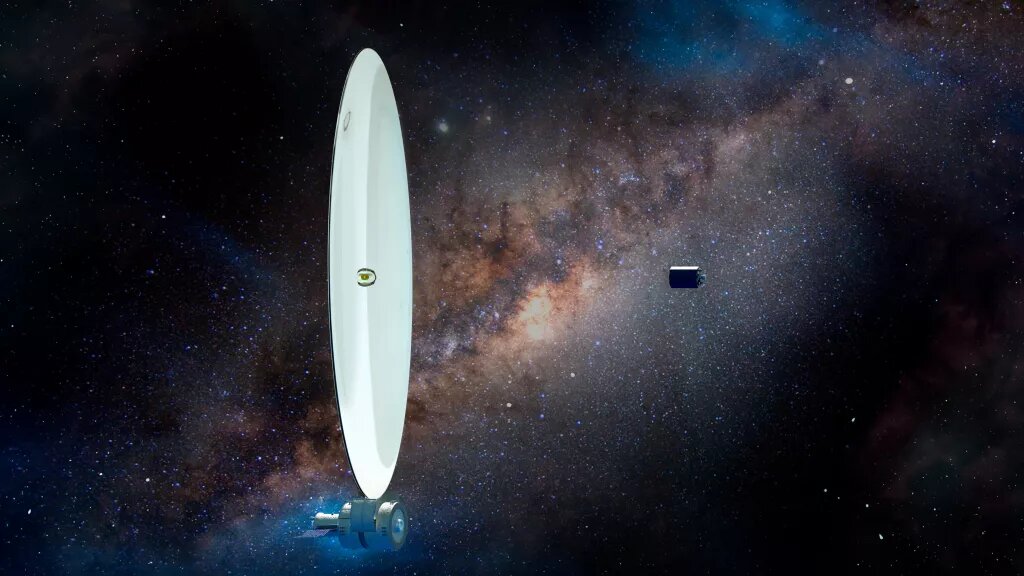The participants of the private expedition Ax-1 located on the ISS are planning to conduct a very interesting experiment to create a lens in space. Its success could help NASA and other space agencies build orbiting telescopes much larger than they are now.
Size Matters
The diameter of the main mirror is a key characteristic of any optical telescope. It determines how much light it can collect and how far away celestial bodies it can see. At the same time, an increase in the size of the mirror leads to a significant increase in the cost of the entire structure, which is especially critical in the case of space telescopes. An example is the James Webb Observatory. Since its 6.5-meter mirror simply would not fit into the rocket, the engineers had to make it deployable. In turn, this required the creation of a unique design, which significantly delayed the construction and testing process of James Webb.

How to make a mirror in space
But perhaps astronomers will soon have an alternative. As part of the FLUTE experiment (Fluidic Telescope Experiment), Ax-1 mission specialist Eytan Stibbe will conduct an experiment to create a lens made of liquid polymers in microgravity. For its subsequent curing, ultraviolet light or temperature will be used. According to experts, the process is somewhat similar to the creation of acrylic nails.

This technology has a number of important advantages. In microgravity, liquids take forms suitable for the manufacture of lenses and mirrors. At the same time, the method allows to completely refuse any mechanical processes, such as grinding or polishing. And finally, space production removes restrictions on the maximum diameters of mirrors for orbital telescopes.
Currently, researchers have already conducted demonstration experiments with the manufacture of lenses and mirrors on the Ground in simulated weightlessness (in a NASA underwater simulator and an airplane flying along a parabolic trajectory). Now it’s the turn of the first test in real space. The success of the experiment may be the first step towards a new page in the history of astronomy.
According to https://www.space.com
Follow us on Twitter to get the most interesting space news in time
https://twitter.com/ust_magazine

